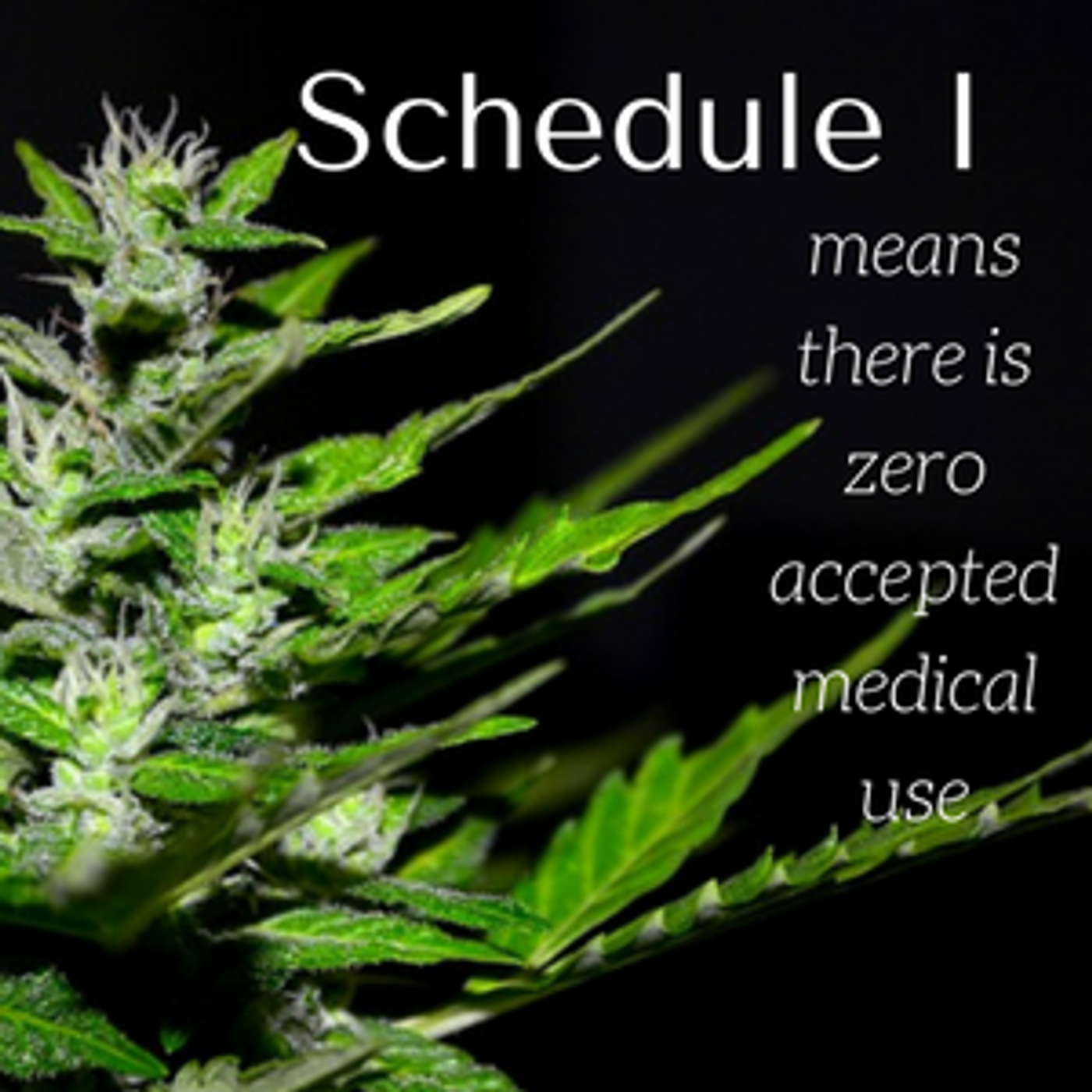Rings of Smoke

The history of the cannabis plant and its use dates back 12,000 years. According to AncientOrigins.net, the first recorded use of cannabis for medicinal purposes was in 2737 BC by the Chinese emperor Shen Nung for rheumatism and gout. Both hemp and marijuana were used through ancient China. Cultivation of the plant grew and spread. Early Egyptians have recorded use of medicinal cannabis as far back as 2000 BC for sore eyes and cataracts. This plant has been used by cultures and people all over the world for centuries. Historians have evaluated evidence of its historical use medicinally across the globe; regardless of the stance you take, we can agree this plant has been around and provided solutions for people for a long time.
The challenge is how to generate the kind of research that scientists, clinicians, and lawmakers can point to and make educated conclusions. Anecdotal evidence and observations outside of a controlled research study are helpful and provide strong stories for value therapeutically and medically. However, that type of information cannot answer some of the greater questions surrounding societal benefit, perceived or actual risk, and generalization for broader application; that information has not yet convinced the skeptics. A January 2018 editorial published in the Journal of Applied Laboratory Medicine touched on this very issue. “A recent cursory PubMed literature search in May 2017 revealed approximately 12 randomized control trials published over the past 5 years contributing to new evidence in the field. Over the same time span, the search identified an incredible 11 systematic reviews published in English all appraising similar sets or subsets of clinical traisl on cannabinoids and pain.” We need continued research to push forward. The biggest barrier to additional research is the Schedule I classification for marijuana. Funding, organization, implementation, and evaluation for research trials is limited while cannabis remains an illegal substance.









